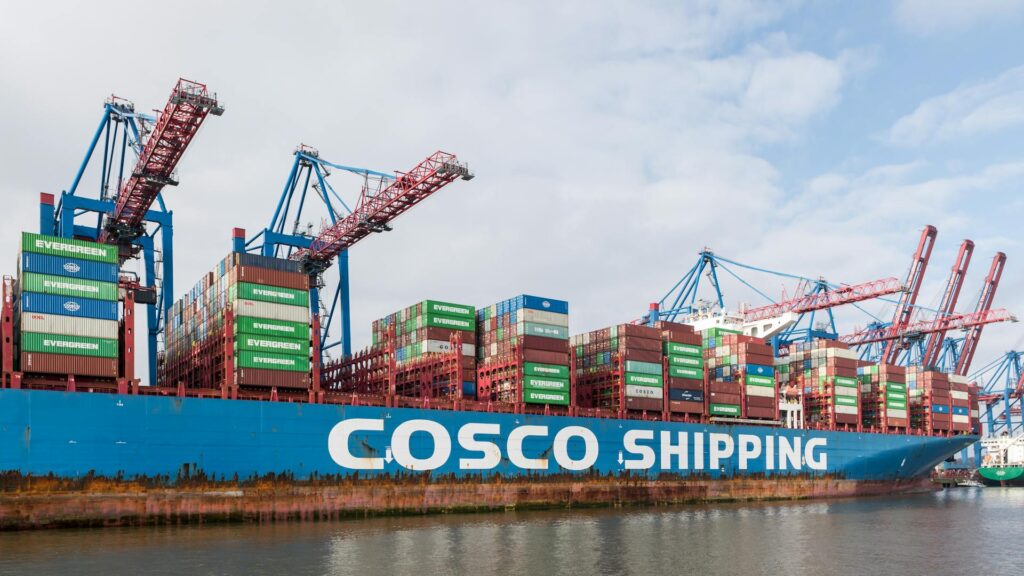
In today’s globalized business wave and frequent international exchanges, “postage rates by weight”, that is, the postage rates calculated based on weight, play a crucial and vital role. Whether it is a small cross-border e-commerce seller shipping goods overseas or an individual sending an international package, understanding this concept is the key to taking control of transportation costs.
In-depth Analysis: What Exactly is Postage Rates by Weight?
Postage Rates by Weight, simply put, means that the transportation cost is determined according to the actual weight of the goods. Major international courier companies, postal institutions, and freight forwarders around the world all have a sophisticated billing system based on weight. They use specific weight units, such as kilograms or pounds, as the benchmark, and combine different rate tiers to calculate the final freight that needs to be paid. For example, the well-known international courier DHL charges $100 for the first 0.5 kilograms when shipping from China to the United States, and $50 for each additional 0.5 kilograms.
If you want to send a 1.5-kilogram package, the calculation of the freight is: 100 + (1.5 – 0.5)÷0.5×50 = $200. Generally, the weight intervals are divided in great detail, from the range covered by the starting price for lightweight items to the gradually increasing rates after exceeding the weight limit, fully taking into account various cost factors in the transportation process to ensure that every cent of the freight is closely related to the weight of the goods.
The Way to Fit: Which Goods Have More Advantages with Postage Rates by Weight?
- A Blessing for Light and Fluffy Goods: Items like stuffed home furnishings, such as fluffy down comforters and air-filled bean bag sofas, are large in volume but light in actual weight. In international transportation, if the freight is calculated according to the volume (some international logistics services convert light and bulky goods into volumetric weight and charge based on the larger value between the volumetric weight and the actual weight), the cost will be extremely high. Take the export of large down pillows as an example. They occupy a large space in the cargo hold, but when weighed, they may only be a few kilograms. At this time, calculating the freight according to Postage Rates by Weight can avoid the high costs caused by volume factors and save a lot of money for the sender.
- The Ideal Choice for High-density Small Items: Items such as high-precision electronic chips, custom-made gold and silver jewelry, and fine mechanical small parts are high-density small items. These goods usually have a small volume, and the transportation cost is mainly determined by their weight. Since there will be no additional costs caused by volume expansion, simply calculating the postage according to Postage Rates by Weight is both straightforward and efficient, allowing the sender to accurately estimate the cost without having to worry about the variables of complex volume-based billing.
The Decisive Point of Cost: When Can Postage Rates by Weight Control the Transportation Cost?
- The Opportunity of Bulk Shipment with Stable Weight: Take cross-border e-commerce as an example. A seller is engaged in handmade leather goods. The products have a single style and the weight of each item is relatively fixed. Every time the seller ships goods in bulk to Europe and the United States, they plan the logistics combination in advance according to Postage Rates by Weight. By packing them together centrally and 配重 reasonably, and negotiating the bulk weight rate with the international courier company, they can lock in a more favorable price, get rid of the high price dilemma of individual shipments, and control the transportation cost from the source, thus increasing the profit margin.
- The Obvious Advantages under Specific Transportation Modes: In the field of international land transportation, the China-Europe freight train, which is like an iron artery connecting the Eurasian continent, carries a large number of goods shuttling across the vast land. Compared with air freight, which has strict restrictions on the volume of goods, and sea freight, which has many complex additional fees, international land transportation stands out with its relatively simple weight-based billing mode. When enterprises export heavy goods such as industrial cast iron fittings, carefully preparing the shipment quantity according to Postage Rates by Weight and precisely matching the stable rate structure of land transportation can achieve extremely high cost-effectiveness in long-distance cross-border transportation, laying a solid and low-cost path for expanding overseas markets.
In a word, having an in-depth understanding of the connotation and application scenarios of “postage rates by weight” is beneficial for both enterprises engaged in international trade and individuals who occasionally send international mail. They can make accurate decisions in the complex chess game of international logistics. By making a clever choice based on factors such as the characteristics of the goods themselves, the transportation destination, and the shipment scale, they can ensure that every expenditure on freight is worth it, and make sure that the goods can smoothly cross the ocean and the transportation cost is well under control. Hold tightly to the key of “postage rates by weight” and open the door to efficient and economical cross-border logistics.





